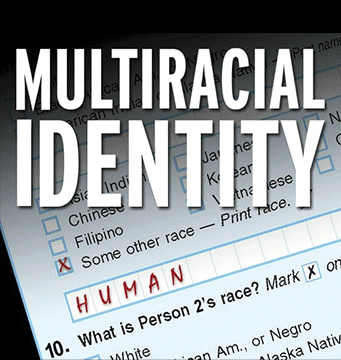
From: Native South
Volume 7, 2014
pp. 92-107 | 10.1353/nso.2014.0007
In lieu of an abstract, here is a brief excerpt of the content:
“The Word ‘Mixed’ without the ‘Indian’ Would Be Better”
On March 20, 1924, the Virginia legislature, with support from the Anglo-Saxon Clubs of America, enacted the Racial Integrity Act. This act for the first time made a clear legal definition of a white person as one “who has no trace whatsoever of any blood other than Caucasian.” The “one-drop rule”—the idea that a single drop of black blood makes one black—was an extension and revision of already existing anti-miscegenation laws that strictly prohibited interracial marriages. In addition to more carefully defining a white person, the 1924 law also provided a special exemption—the “Pocahontas exception”—that defined as white “persons who have one-sixteenth or less American Indian blood and have no other non-Caucasic blood.” This provision was included to protect the racial status of Virginia’s leading families who were the descendants of Pocahontas and John Rolfe and other early settler-Indian marriages from being categorized as blacks.1 But the problem with the law turned out not to be the definition of whiteness, but with the definition of Indians. The man in charge of enforcing the Racial Integrity Act, Virginia’s state registrar Walter A. Plecker, did not favor the Pocahontas exception. He believed the Indians in Virginia were using the Pocahontas exception as a way to pass as white despite what he considered their interracial mixture with blacks. Through his office he ignored the provision of the law that allowed individuals to have some Indian blood and still be considered white, and eventually denied Indians the right to claim their own independent racial status.
This article examines why Walter Plecker opposed the claims Indians made for their racial identity and was unwilling to accept Indians [End Page 92] as a third racial category in Virginia. It does so by explaining the background of the 1924 law and then by looking into two court cases brought by two mixed-race Indians that occurred only a few months after the act was passed. We will come to understand that Plecker found the law deeply troubling because it could not secure a biracial society in Virginia. The latter part of the article focuses on Plecker’s attempts to eliminate the racial category of Indians when he used the law and the power of his office to deny altogether the existence of Indians in Virginia. Plecker insisted on categorizing Indians with blacks because he assumed that all Indians had vanished through their mixture with blacks. Because no one had more power or influence in implementing this new law than Plecker, this article focuses on the way Plecker used the power of his office to promote his own particular point of view.
While many scholars have already examined the Racial Integrity Act of 1924 in relation to black-white relations during the Jim Crow period, thus far the difficulties Plecker’s office created regarding the Pocahontas exception are mentioned only briefly. Although recent research has looked through the anti-miscegenation laws and the difficulties of classifying race, we have not examined the complicating impact of Indians on the racial dynamics of the period. This law and Plecker’s work, however, demonstrate how Indians became part of the debate over defining race in a society that legally admitted only two races: black and white.2 Focusing on Walter Plecker, the enormously influential state registrar, enables us to explore in depth how one committed white supremacist created his own standards of race in Virginia society. Not only did Plecker have the power to determine the race of all Virginians, he insisted that Indians must fit automatically into the black-white biracial division established by law—thereby denying the possibility of a third racial category in Virginia. His legacy of denying Virginia Indians their identity continues to impact the status of Indians in the Old Dominion.
CHANGING DEFINITION OF “RACE” IN VIRGINIA’S ANTI-MISCEGENATION LAWS
The Racial Integrity Act of 1924 was not the example of Virginians’ attempts to regulate marriage across the racial divide. As early as 1691…













